Very timely that we would be learning about this festive flower in our RHS theory class so close to Christmas. The bright red leaves (called bracts) of certain poinsettia cultivars make it a popular choice for indoor decorations at this time of year.
The poinsettia (Euphorbia pulcherimma) is known as a ‘short-day’ flower because it is the deprivation of light that causes the leaves to turn red. Nurseries buy stock in early autumn from suppliers in its native Central America. They then use greenhouses or other protected environments to simulate completely uninterrupted dark nights of at least fourteen hours, followed by artificial, bright, sunny days. This process lasts for around two months and stimulates the development of the sought-after coloured bracts. So, all things considered, I’m afraid they don’t score very highly on the sustainability front.
The poinsettia in legend
The legend connecting poinsettias to Christmastime dates back to 16th century Mexico, when a young girl, too poor to present a gift in church to honour Christ’s birthday, was visited in a dream by an angel; the angel instructed her to gather weeds at the roadside and offer these up at the church altar instead. On doing so, the weeds immediately sprouted beautiful crimson leaves and became poinsettias. In Guatemala and Mexico, the poinsettia is called ‘Flower of the Holy Night’, referring, of course, to Christmas Eve.
And why are they so mad for them in Hong Kong?
I have to admit that I never really clocked poinsettias as a Christmas ‘thing’ until we spent two years living and working in Hong Kong. At Christmas time, every shopping mall, apartment lobby and office foyer are decorated with them en masse and I have only just found out why, courtesy of Hong Kong’s English language newspaper, the South China Morning Post.
The Cantonese for poinsettia is yat bun hung (一品紅) which means, literally, “a red item”. Yat bun can also mean “superb” or “first-rate” so you could translate yat bun hung as “reddest of them all”. Red is a highly auspicious colour in Chinese culture, symbolising luck, happiness and joy, so for this reason, Hong Kongers will have their poinsettias on display from Christmas right through into the Chinese (lunar) New Year.
So whether you are celebrating Christmas with or without any poinsettias, I wish you plenty of happiness, joy and luck; Merry Christmas and a Happy New Year!


